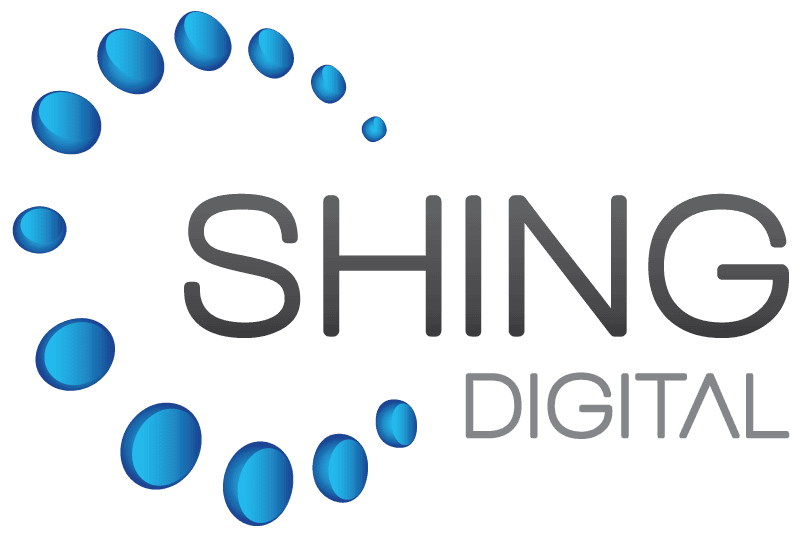Remember when VPNs were the hot new thing? Well, things are changing so quickly that today’s question isn’t just about whether a traditional VPN is enough—it’s about whether it can keep up with the demands and threats of modern-day networking. Spoiler alert: It usually can’t. Enter SASE (Secure Access Service Edge), a game-changer in how organizations should approach network security.
Why Organizations Should Consider SASE
Traditional VPN technologies can be cumbersome and, in many cases, less secure. Imagine this: you’re a part of an organization with numerous remote employees connecting from various locations. What happens if a VPN connection is compromised by a threat actor? Are you equipped to detect and halt their movement across your network? The reality is often a resounding no.
SASE offers a breath of fresh air by providing always-on security for web, corporate, and SaaS application access. It consolidates security and networking capabilities into a single cloud-based service, ensuring your remote workforce is covered no matter where they are. With SASE, you get a centralized portal to manage security and remote access for all remote users, making the process not just easier but also significantly more secure.
Ideal Environments for SASE
SASE shines brightest in environments where remote work is the norm and not the exception. Given the prevalence of hybrid work models, the need for secure, efficient, and scalable remote access is more critical than ever. Here are a few scenarios where SASE proves indispensable:
- Remote Workforces: With employees connecting from various locations, ensuring secure access to corporate resources is paramount. SASE provides consistent security policies and access controls, no matter where users are.
- Multi-Cloud Environments: Organizations utilizing multiple cloud services need a seamless way to secure and manage access across these platforms. SASE offers integrated security and networking that simplifies this complexity.
- Scalable Enterprises: Growing businesses need solutions that scale with them. SASE’s cloud-native architecture ensures that security and networking can expand without the usual headaches associated with traditional VPNs.
Risks of Not Implementing SASE
Ignoring the shift towards SASE can leave organizations exposed to several risks:
- Security Vulnerabilities: Traditional VPNs can be a weak link in your security chain, especially when users connect to unfamiliar networks with potentially compromised devices.
- Lateral Movement: If a VPN connection is breached, threat actors can maneuver through the network unimpeded, leading to potentially catastrophic data breaches.
- Poor Performance: Slow network performance can hinder productivity, and let’s face it, nobody wants to deal with a sluggish connection while trying to meet deadlines.
- Compliance Issues: Without a robust security framework like SASE, ensuring corporate compliance and data safety becomes an uphill battle.
By not adopting a SASE solution, organizations risk falling behind in a world where security and efficiency are non-negotiable. The centralized, always-on protection offered by SASE isn’t just a luxury; it’s a necessity for navigating the modern digital terrain.
In conclusion, while traditional VPNs had their day in the sun, the future belongs to SASE. Its ability to provide seamless, robust, and scalable security solutions makes it indispensable for any organization aiming to stay secure and competitive in today’s digital age. So, the next time you find yourself questioning if a traditional VPN is enough, remember: there’s a better way, and it’s called SASE.
If you want more information on how it all works, check out our partner’s Fortinet solution HERE
If you want to chat with us to see if this direction is right for you, we would love to hear from you.







